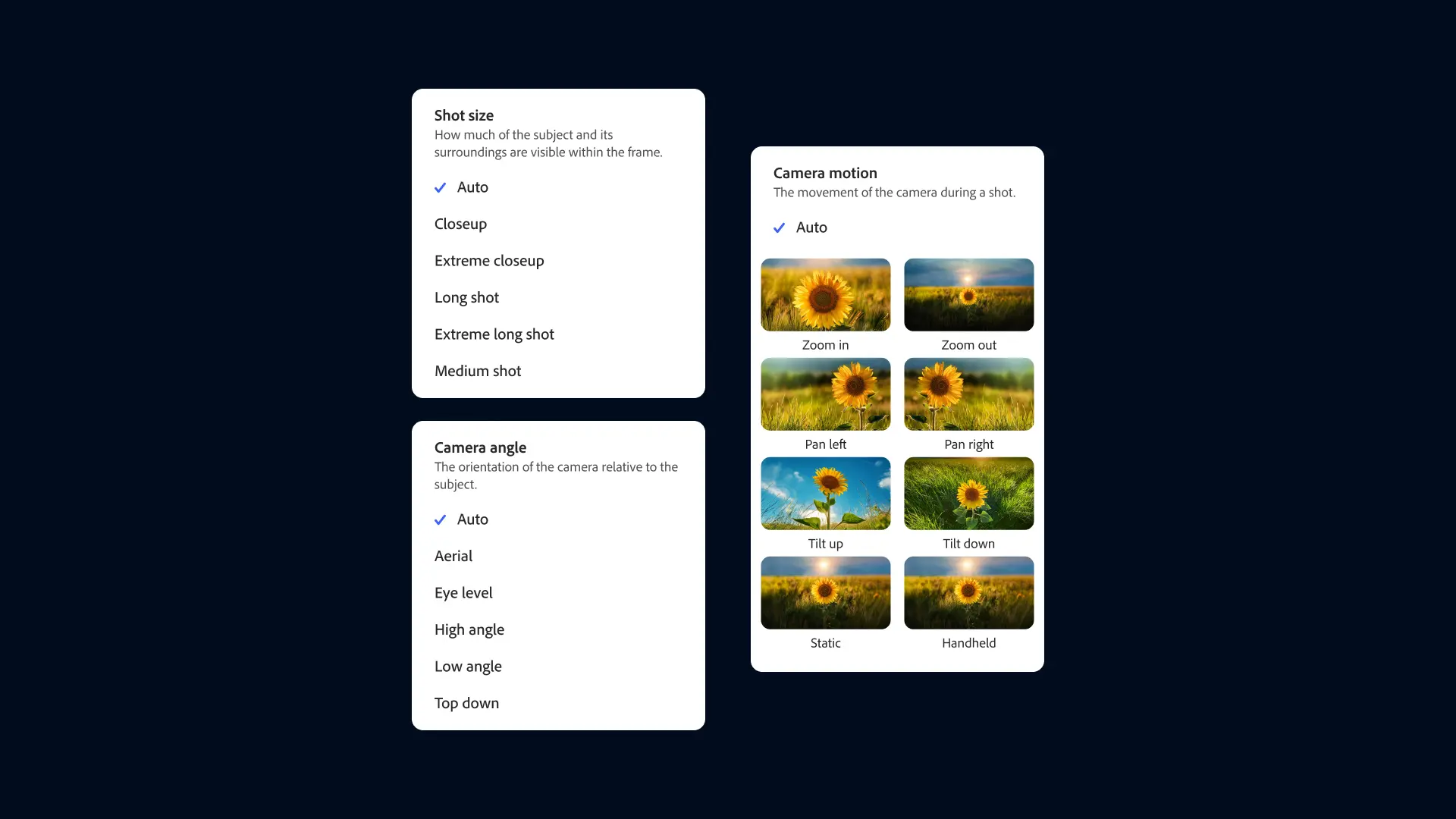Adobe Firefly, Adobe’s generative AI, is getting video generation capabilities. Adobe just announced that the Firefly Video Model will be available for beta testing before the year ends, and shared some impressive results generated with the model.
So far, Adobe Firefly (accessible through Photoshop, Lightroom, Illustrator, or the web app) has generative fill and generative remove features. It can also create images from scratch using text prompts. The Firefly Video Model is supposed to work just the same way. You can generate videos from text or image prompts, or you can use it to fill in footage gaps in Adobe Premiere Pro.
Adobe also showed off the generative video dashboard, and a few video generations created with it. Other than a big preview window and a text input field (where you can also drop images), the tool also has menu options for configuring the output. You can decide the aspect ratio and the frame rate. You can make the shot a closeup, long shot, or medium shot. It also lets you choose the camera angle and how it moves. Set it to “aerial” or “top down” if you want to simulate a drone shot, and “eye level” if you want to create a more handheld feel.
In the upcoming beta versions of Premiere Pro, editors will be able to drag and extend clip layers to “cover gaps in footage, smooth out transitions, or hold on shots longer for perfectly timed edits.” Adobe’s presentation includes a sample sequence where an original wide shot is seamlessly mixed in with an AI closeup generated from a specific frame.
Most of the clips are under 3–4 seconds, and were generated in less than 2 minutes, according to Adobe. The samples show natural landscapes, fireworks, animals, CGI dolls, highly-detailed portraits, motion graphics, claymation, line art, 3D models, and custom text effects.
Adobe claims you don’t have to worry about copyright issues with Firefly generations. The company said, “Firefly Video Model is designed to be commercially safe and is only trained on content we have permission to use — never on Adobe users’ content.”
Source: Adobe





